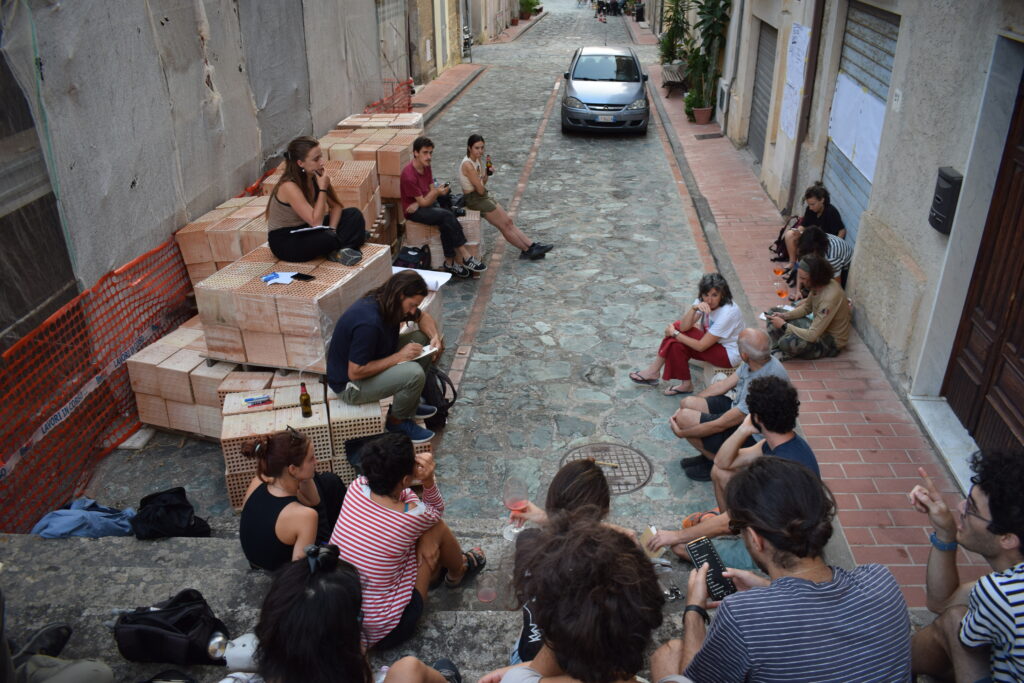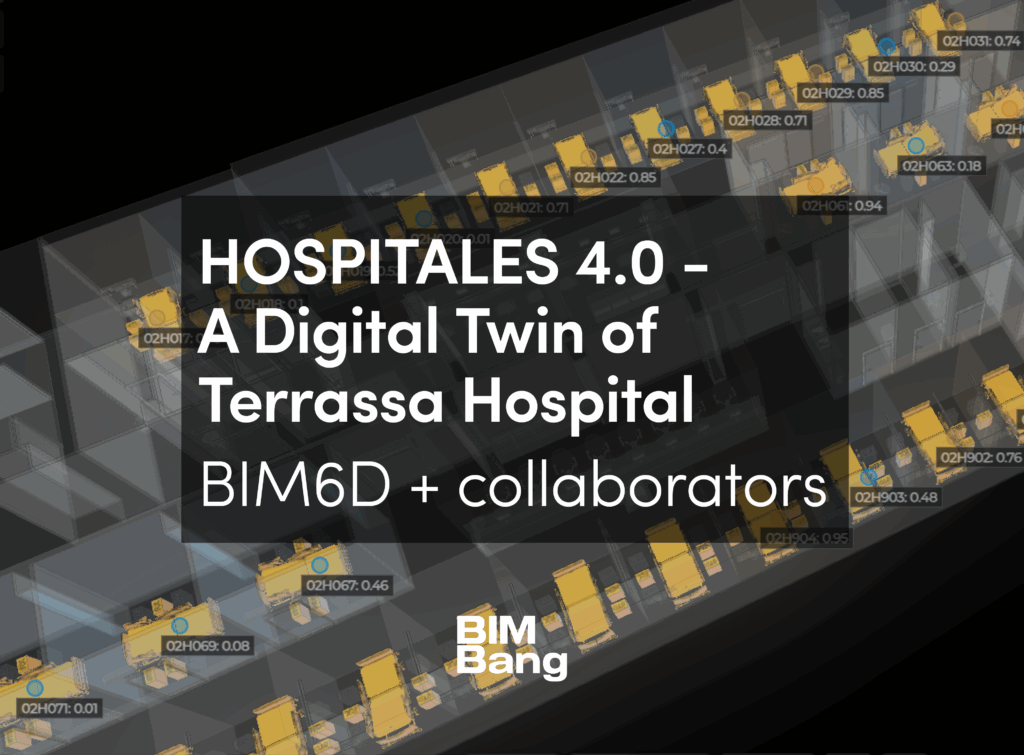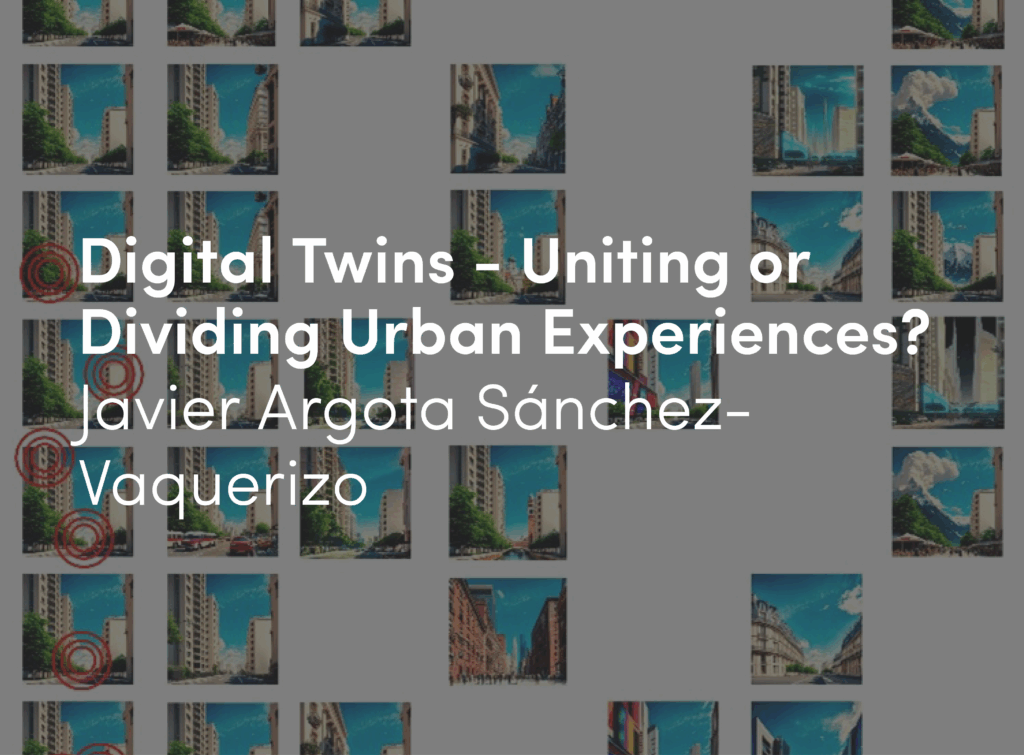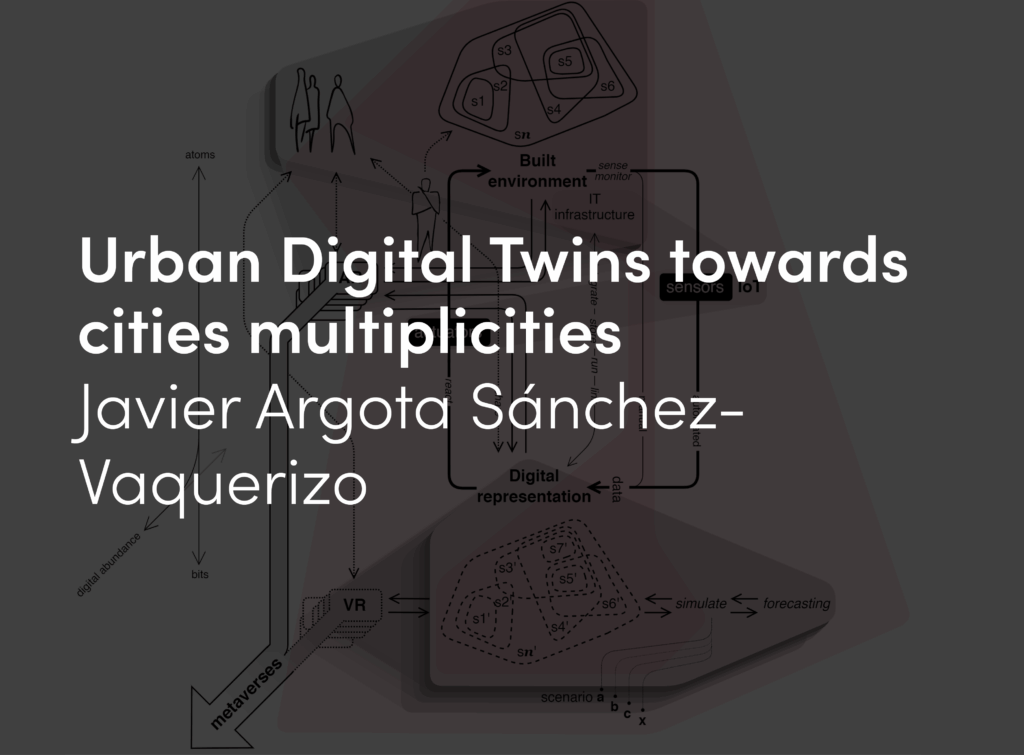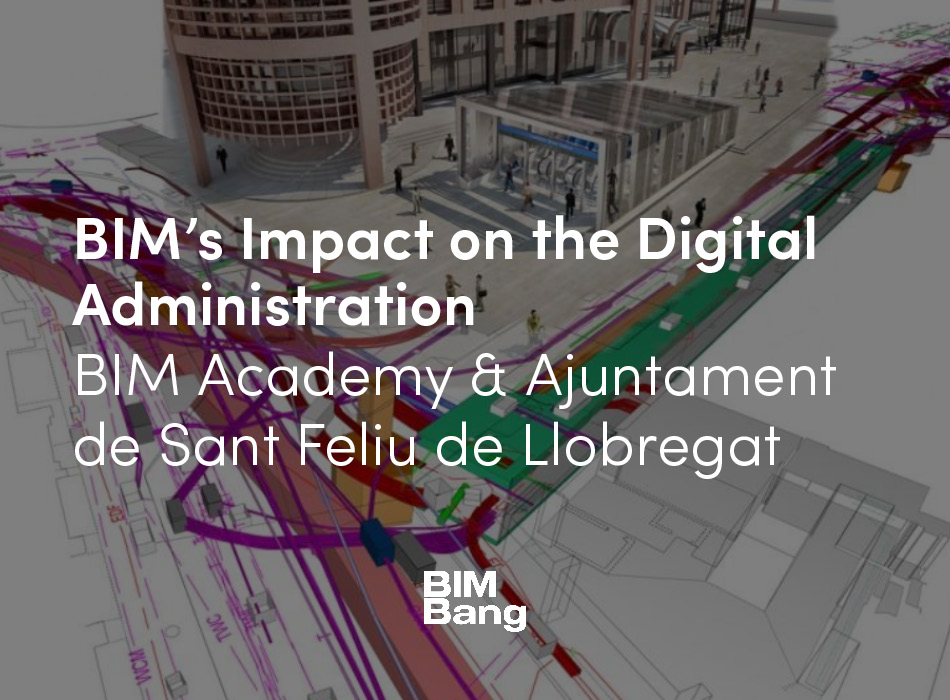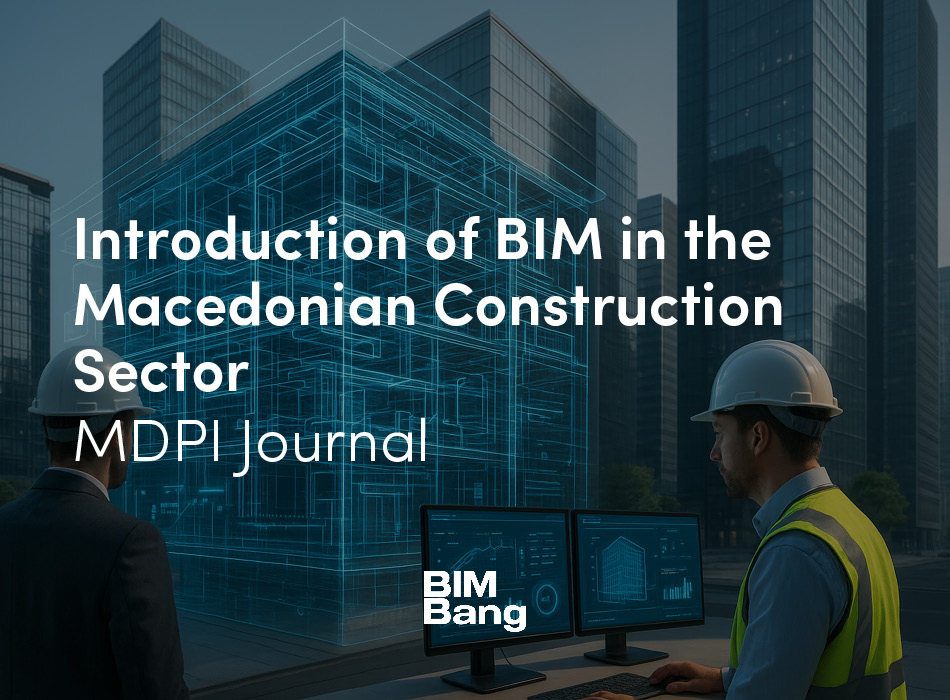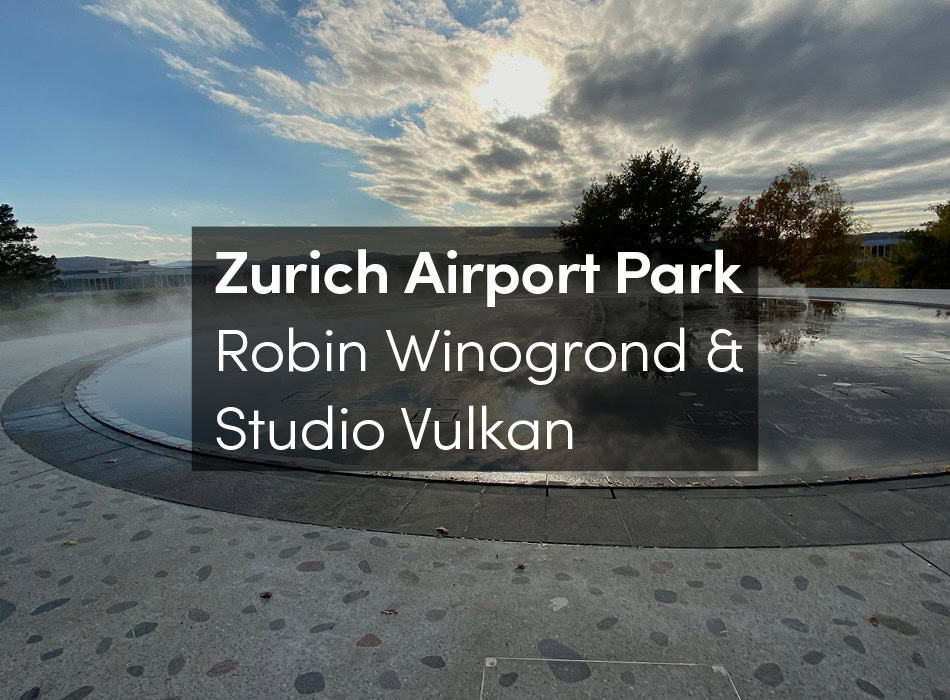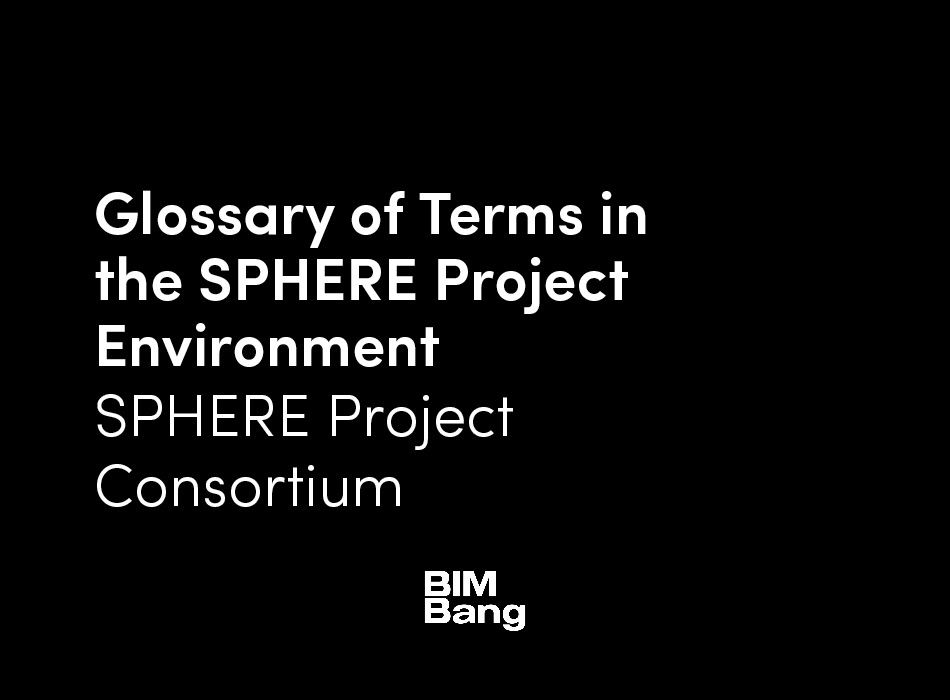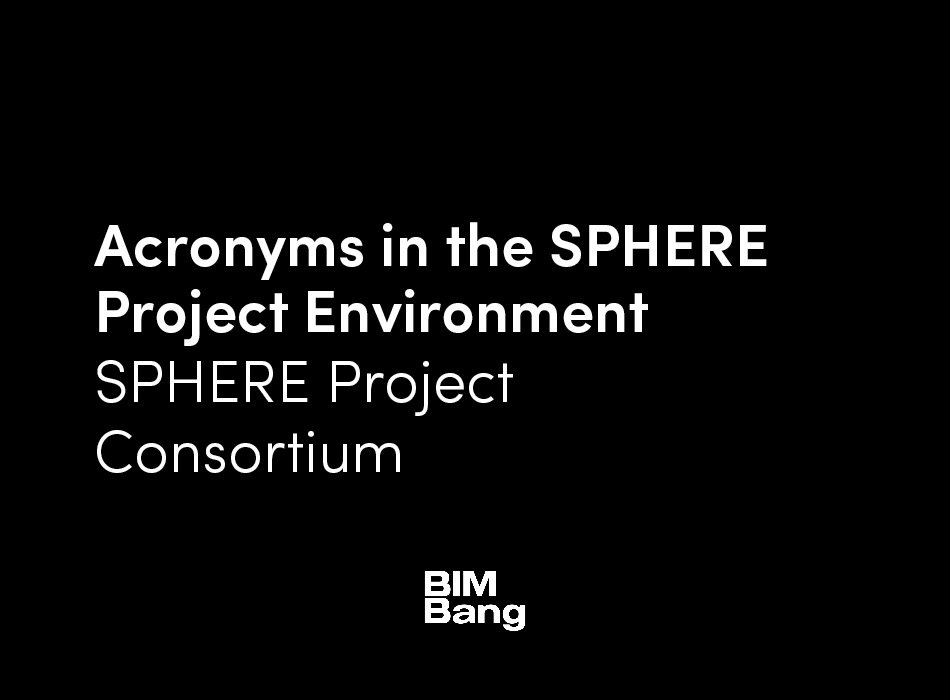The Architecture School of Commons (ASOC) is an EU-funded Erasmus+ program, running from 2022 to 2024, that organizes intensive transnational workshops in France, Greece, and Italy—two in each country. The program highlights the crucial role that architecture schools play in educating citizen architects to address the major contemporary social and ecological challenges of our time. ASOC underscores the importance of experiential learning and community engagement in shaping tomorrow’s professionals. Its main workshops, structured as summer schools, aim to develop and test alternative pedagogies. Each workshop brings together thirty students from three European schools of architecture, their professors, three architectural collectives, and three local initiatives in rural European communities for a week of collaborative learning and design. The ASOC project focuses on the reuse of abandoned buildings, transforming them into newly imagined common spaces through participatory design—a strategy aimed at revitalizing rural communities.
The partner architecture schools include the National Technical University of Athens (NTUA), the Ecole Nationale d’Architecture de Grenoble (ENSAG), and DAD/Politecnico di Torino. The participating architectural collectives are Collectif Etc (France), Zuloark (Spain/Greece), and Orizzontale (Italy), with local initiatives including Les Tracols (France), Le Seppie (Italy), and Tirilab (Greece).
The main sources of inspiration for this program could be summarized in an emerging collective architecture movement, the power of architectural work produced in-situ based on observation, the significance of the Hands-On experience, and an experiential learning which blends knowledge and training both as well as practical knowledge of construction and materials as well as on life principles of collaborative living and working, and in a convivial spirit which transcended all three cycles.
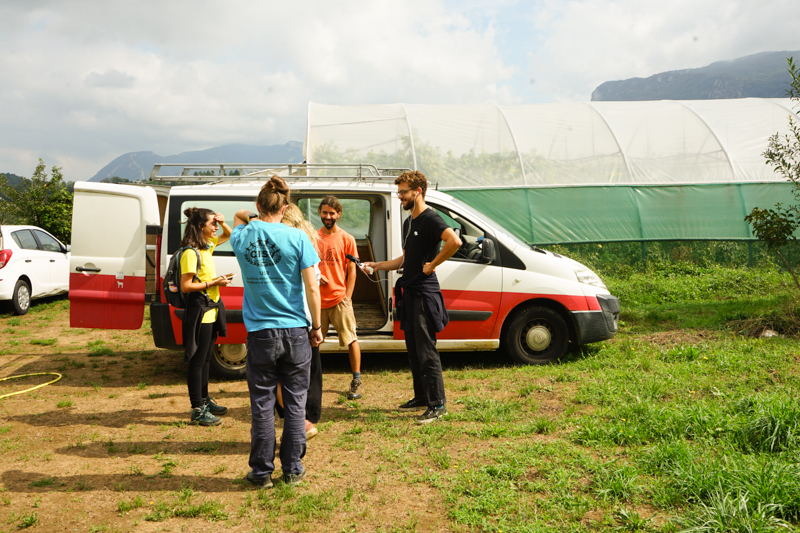
A Collective Architecture Movement
A generation of architects in their twenties, thirties, and forties, shaped by consecutive crises during the roughly past 15 years, has been challenging the architectural status quo by resisting the prevailing modus operandi and by reinventing the discipline.[1] For some this constitutes an emerging movement, and it is referred here as the Collective Architecture movement. Architectural groups and collectives in the Collective Architecture movement are experimenting with different ways of practicing architecture and their professional identities. Rejecting individual authorship, star architecture, the corporate world, and the neoliberal economy, they explore horizontal collaborations, community involvement, and resourceful use of locally sourced, recycled, or upcycled materials.[2] More importantly, they explore aspects of the commons, encompassing material resources, abstract ideas, ethics, and organizational structures. Architects in the collective architecture movement are pioneering a transformative approach to their profession, emphasizing sustainability, inclusivity, and democratic engagement. Their work reflects a commitment to addressing economic, environmental, and social challenges through innovative and community-centered design practices.
Pioneers of these approaches exist across continents. For instance, the founder of Rural Studio (1992) Samuel Mockbee, and his students created remarkable works of craftsmanship with locally sourced and reused materials in a deeply disadvantaged community in Hale County, Alabama.[3] Today, collectives like Boulouki in Greece and Al Borde Architects in Ecuador employ community labor and local or discarded materials to create exceptional designs. These examples demonstrate how architecture can transcend traditional boundaries, fostering innovation and resilience in communities facing significant challenges. This genre of contemporary social architecture may be directed to address real needs with durable, well-designed communal structures, at minimal cost.
All architect collectives possess the capacity to transform an existing context by redefining what already exists through flexibility and adaptability, skills that have been honed over years of practice. As the architectural profession faces a disconnection between the act of building and the act of designing and thinking, ASOC’s aims to reconnect the intellectual and practical aspects of architecture, fosters a holistic approach that integrates thinking and doing. Another remarkable quality that they have in common is a capacity to deal with topics that are very heavy and daunting by introducing a playful manner which makes dealing with them more attractive and effective. Zuloark possess a distinctive humor. CollectifEtc is more playful and pop, as part of a tactics,[4] and Orizzontale appeals to the senses and pays attention for the refinement of details.
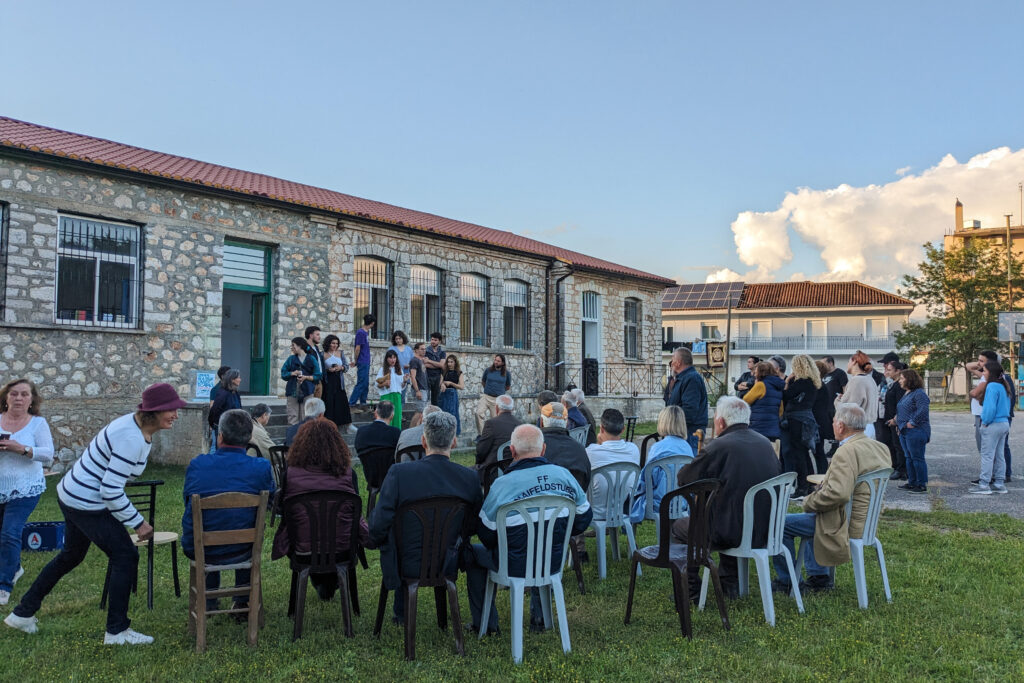
An Experiential Architectural Pedagogy
Experiments in architectural education have existed for decades, dating back to the 1960s.[5] While many were developed and later abandoned, the School of Architecture in Valparaiso, Chile, uses unique methods introduced at its introduction in 1969 and maintained up to this day. It sought “to destabilize conventional university structures with pedagogical practices that obliterate the boundaries between learning, working, and living.[6] Exploratory journeys, known as Travesías, initiated by professors with backgrounds in both architecture and poetry, involve scouting and observation throughout South America and beyond. These Travesías attempt to capture the spirit of a place or a territory, also known as its Genius Loci, by responding in ways that blend architectural and poetic insights employing performative acts, still photos, film, and ephemeral, or permanent structures. This form of education, deeply rooted in context, serves as a reminder of how architecture can remain connected to the people and environments it serves.
In-Situ
There are ways of learning which are based on observation and experience. Important civilizations evolved through trial and error. That is how vernacular architecture has perfected specific techniques and details which respond to the local conditions. And while for archaeologists, anthropologists, sociologists, ethnographers, biologists, filmmakers, and other professionals, observing, collecting data, and working in situ is standard practice, oddly in architecture this is not often the case. Architects and students of architecture face the contradiction of typically performing design work from offices, classrooms, and studios—around the table, alone or with others, physically present or remote, and increasingly as digital nomads in front of laptops. Nina Pacari, an indigenous leader from Ecuador, noted that for indigenous peoples, education happens in open spaces, everywhere. Schools and universities are Western inventions which enclose learning in interior classrooms, lecture halls, labs, etc. In situ methods of learning produce powerful in situ responses reflected in construction. This architectural production differs significantly from the office-based approach and the Architecture School of Commons brought this once more to the foreground.


Observing
Often, architects remain detached from the places they study, the communities that they serve, and their realities. Architecture is primarily experienced by engaging our senses. Our sight, sound, smell, and touch, and the encounter with the human element of a place inform us with both objective and subjective experience. Knowledge acquired by observation in situ is irreplaceable. Architects always had faith in the importance of observation, historically valued sketching as note-taking—a common practice not so long ago. Le Corbusier, Louis Kahn, and Alvar Aalto relied on their observational skills and hand drawings to distill the essence of a place. Certain schools of architecture continue to cultivate this tradition of observation. But observation skills are currently undermined because of access to an ocean of information on the web which provides the illusion of accessing knowledge. And while in-depth knowledge may be acquired through bibliographical sources, our senses provide precious layers of information and nuances of an ever-changing reality. Understanding collective behavior, traditions, and history is essential in formulating a response which is sensitive to any context.
During the French ASOC cycle, the students roamed the rural territory of Saint Laurent en Royans and experimented with alternative mapping techniques, rich in personal accounts and subjective interpretations. During the Italian ASOC cycle one group collected samples of indigenous plants and researched its traditional uses in cooking and medicine. In the Greek ASOC cycle several local sites connected to mythology and water where visited. Among them one group explored the Kalodiki Lake with the assistance of a geologist who helped analyze the hydrological characteristics, prepared an herbarium, and an exhibit with specimens collected on site, which combined sections through the lake at different years (1985 to 2019) showing the gradual progression towards dryness, through the abuse of the water table.

Hands-On
Richard Sennett emphasizes the importance of the “intelligent hand” to describe the primordial link between the hand and the mind.[7] The chance to experiment with tools and materials, to design and build on the spot, is fundamental to craftsmen and invaluable to architects. Just as one cannot learn a sport merely by watching videos of champions, understanding materials and their properties requires hands-on experience. Trying tools and learning the intricacies of working with wood, for instance, is far more effective than passive learning through videos or written instructions. The onslaught of technology which claims to do everything for us, better than us, undermines this connection between the intelligent hand and its opportunities for practice.
Students often recognize this gap in their education and seek out “low-tech” workshops where they can work with their hands, whether it’s mixing cob in adobe construction, learning techniques for wood, stone, or with the use of recycled materials. Dimitris Pikionis’ renowned landscaping of Filopappou Hill in Athens, which faces the Acropolis is an emblematic example. His complex process involved the collaboration between craftsmen and students who sourced building materials from ancient fragments found in situ, contemporary fragments from neoclassical buildings that were being demolished at the time, and locally crafted artifacts. This approach resulted in a highly artistic and contextually sensitive response to the spirit of the place.
The French ASOC cycle, students built a mobile with recycled air-duct, bicycle wheels, and wood. The Italian cycle completed a kitchen at the first floor with left over material, and at second floor of La Casa di Belmondo was converted into sleeping quarters. For the Greek ASOC cycle, a kitchen counter and Island were constructed in May 2024, as well as several pieces of both indoor and outdoor furniture assembled in August 2024, with the repurposing of the football equipment of the school yard.


Conviviality and Daily Living
It is quite common in recent years for schools of architecture to visit other cities and territories as part of the curriculum for several courses. There is no doubt that this is a significant experience that a student of architecture can get. Nevertheless, the methods followed in how this is done is extremely important as it can be an extractivist process that gathers information and gives nothing back. The Architecture School of Commons offers a different approach. Communal living and convivial ethics are the mindset and the main key ingredients of this transnational educational initiative. The immersion into a community, the active participation through observation, exchanges through interviews, and explorations of the realities have been common practice. Here I should emphasize that the experience given to students to coexist with each other and with their peers from other countries, to collaborate, to design, but also to implement in the field (which may seem perfectly logical, but almost never happens) is invaluable. Socializing, meal sharing, and collaborating are essential components of an experiential method of learning which addresses not only architectural concerns but life at large. Living together even for a short time is the foundation of making community. The ASOC community is built through alliances of solidarity, united across boundaries and disciplines making a point on conviviality as a means to achieve more meaningful human relations. Within this community, there is an emphasis on recognizing and valuing the contributions of all members -students, educators, professionals and local agents alike- towards supportive and empowering environments.

Community Centered
It is quite common in recent years for schools of architecture to visit other cities and territories as part of the curriculum for several courses. There is no doubt that this is a significant experience that a student of architecture can get. Nevertheless, the methods followed in how this is done is extremely important as it can be an extractivist process that gathers information and gives nothing back. The Architecture School of Commons offers a different approach. Communal living and convivial ethics are the mindset and the main key ingredients of this transnational educational initiative. The immersion into a community, the active participation through observation, exchanges through interviews, and explorations of the realities have been common practice. Here I should emphasize that the experience given to students to coexist with each other and with their peers from other countries, to collaborate, to design, but also to implement in the field (which may seem perfectly logical, but almost never happens) is invaluable. Socializing, meal sharing, and collaborating are essential components of an experiential method of learning which addresses not only architectural concerns but life at large. Living together even for a short time is the foundation of making community. The ASOC community is built through alliances of solidarity, united across boundaries and disciplines making a point on conviviality as a means to achieve more meaningful human relations. Within this community, there is an emphasis on recognizing and valuing the contributions of all members -students, educators, professionals and local agents alike- towards supportive and empowering environments.
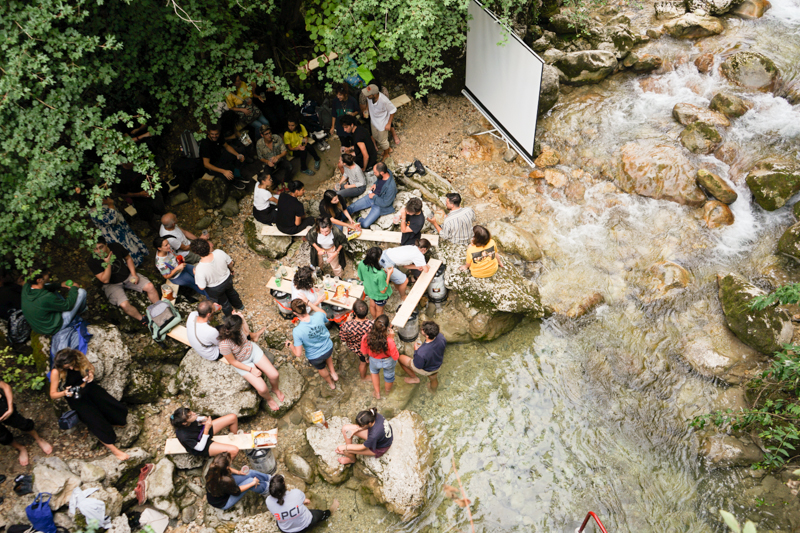
Some Empirical Reflections, and an Early Assessment
As we risk losing the essential skills of observation, experiential learning and hands-on experience at times that the architectural discipline is increasingly influenced by AI, corporate design, and star architecture, it may be needed to redefine architecture’s role once again. The simple, yet revolutionary, and logistically complex idea to “take everyone out of their offices, academic environments and architecture schools, and bring them together in short, yet intensive workshops”[9], has been the driving force behind all three cycles. Bringing students and their professors from three different institutions in a context of living together and working closely with architects from three architect collectives in rural communities in the span of three years provided a unique educational experience across borders, which provided the context for several things to happen. Hands-on learning, and convivial living embedded within the community, allowed students in the hugely popular ASOC school to experiment with materials, details, and building techniques, while maturing as sentient, responsible human beings forging bonds of friendship and collaboration. Meanwhile, these in-situ experiences offered fleeting, yet profound insights into collaborative living. It also encouraged thought-provoking discussions about the commons, and one might go as far to state that they implied different relationships and lifestyles, a sustainable and convivial version of living. In situ, hands-on, and socially embedded approaches bridge the gap between architectural theory and practice into a holistic educational experience that enhances practical skills, promotes sustainability, fosters community engagement, into genuine living not dependent on consumerism.
How Did This Experience Transform the Students?
Initial surveys of students reveal that ASOC has been a transformative experience, influencing their diploma theses and reshaping their outlook on architecture. The lessons that the partners themselves had, were just as many and just as rich as the ones for the students. These will be discussed after the end of the three-year program.[10]
Partners agreed that over the course of the three years, trust developed between each other. The ongoing experience of the Architecture School of Commons for its duration had enriched and matured all involved, but some time and distance are needed for this to become conscious learning. Several questions arise about how the ASOC footprint both immaterial and material will be protected, used, and preserved. What did we leave behind? Is it enough to conclude with a closing event and hope that those that remain will take advantage of them? The interventions produced in a short period of time are left primarily to those that remain behind, namely the community. The local initiatives are the ones that inherit the legacy of The Architecture School of Commons.
Dissemination events in October 2024 make these experiences and findings public and will provide the setting for discussions and reflection in several venues throughout Europe and will be announced on the ASOC website.
